 Sneed B. Collard III Connecting Scientists and Kids Tap-tap-tap-tap. Do you ever hear that sound while walking around outside? If you do, you are probably hearing the sound of a woodpecker. More than 200 kinds of woodpeckers are found on Earth and they live on every continent except Australia and Antarctica. They are not only some of our most beautiful birds—they are some of the most important. Woodpeckers are especially adapted to pound, dig, and drill into wood. The main reason? To find food. Ants, beetle grubs, and other insects live under bark and inside dead wood, and woodpeckers have evolved to take advantage of this “food fest.” Woodpecker beaks are super sturdy, and the birds have extra-long, sticky tongues to probe into tiny holes and passageways. A woodpecker’s head has special shock absorbing features that keep the birds from getting brain damage while they are pounding away! As they look for food, woodpeckers are also carving out holes to live in. This helps dozens of other kinds of birds. How? Because many cavity nesting birds need holes in which to sleep and nest, but almost none of these birds can excavate holes for themselves. By drilling holes, woodpeckers are helping bluebirds, house wrens, chickadees, titmice, and many other bird species. Even some mammals and reptiles take advantage of woodpecker holes! About 22 species of woodpeckers live in the US and Canada. The most common is probably the Northern Flicker. Unlike most other woodpeckers, Northern Flickers spend a lot of time on the ground slurping up ants. In spring, they make raucous calls and like to drum on rain gutters, utility poles, and metal chimneys! Most woodpeckers use drumming to attract mates and shout, “This is my territory! Keep out!” Downy Woodpeckers also adapt well to cities and neighborhoods. They are among the smallest woodpeckers and can survive almost anywhere there are trees. Many other woodpeckers live only in certain regions or habitats of the US. Black-backed Woodpeckers live only in burned forests. Golden-fronted Woodpeckers are found mainly in Texas. White-headed Woodpeckers live only in high mountain areas of the West Coast. Wherever you find them, woodpeckers are fun to watch and fascinating to learn about. The next time you see one, stop and observe it for a while. Take a moment to appreciate its behavior and how it makes our world a richer, more interesting place. Woodpeckers are especially adapted to pound, dig, and drill into wood. The main reason? To find food. Ants, beetle grubs, and other insects live under bark and inside dead wood, and woodpeckers have evolved to take advantage of this “food fest.” Woodpecker beaks are super sturdy, and the birds have extra-long, sticky tongues to probe into tiny holes and passageways. A woodpecker’s head has special shock absorbing features that keep the birds from getting brain damage while they are pounding away! As they look for food, woodpeckers are also carving out holes to live in. This helps dozens of other kinds of birds. How? Because many cavity nesting birds need holes in which to sleep and nest, but almost none of these birds can excavate holes for themselves. By drilling holes, woodpeckers are helping bluebirds, house wrens, chickadees, titmice, and many other bird species. Even some mammals and reptiles take advantage of woodpecker holes! About 22 species of woodpeckers live in the US and Canada. The most common is probably the Northern Flicker. Unlike most other woodpeckers, Northern Flickers spend a lot of time on the ground slurping up ants. In spring, they make raucous calls and like to drum on rain gutters, utility poles, and metal chimneys! Most woodpeckers use drumming to attract mates and shout, “This is my territory! Keep out!” Downy Woodpeckers also adapt well to cities and neighborhoods. They are among the smallest woodpeckers and can survive almost anywhere there are trees. Many other woodpeckers live only in certain regions or habitats of the US. Black-backed Woodpeckers live only in burned forests. Golden-fronted Woodpeckers are found mainly in Texas. White-headed Woodpeckers live only in high mountain areas of the West Coast. Wherever you find them, woodpeckers are fun to watch and fascinating to learn about. The next time you see one, stop and observe it for a while. Take a moment to appreciate its behavior and how it makes our world a richer, more interesting place. Upper left: This large Guayaquil Woodpecker from Ecuador looks similar to our Pileated Woodpeckers, but some other South American woodpeckers come in radically different shapes and colors! Upper right: Hairy Woodpeckers are commonly found in forests and can dig deep for a juicy beetle grub! Lower left and right: Northern Flickers and Downey Woodpeckers are probably America's most adaptable woodpeckers and can often be seen in yards and neighborhoods. All photos courtesy of Sneed Collard and Braden Collard 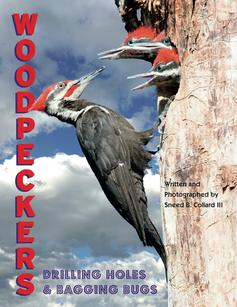 Sneed B. Collard III is the author of more than eighty books for young people, including his newest, Woodpeckers: Drilling Holes and Bagging Bugs, which received a starred review in Booklist magazine. To write the book, he and his son, Braden, spent four years observing and photographing woodpeckers in the wild. They even observed woodpeckers in Ecuador and Peru! Sneed visits schools and gives writing and professional development workshops all around the country. To learn more, visit his website, www.sneedbcollardiii.com. Also follow the blog that he and Braden write at www.fathersonbirding.com. You can read a review by Vicki Cobb here.
0 Comments
Leave a Reply. |
Check out our new podcasts in the iTunes Store and on KidLit Radio.
|

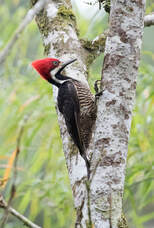
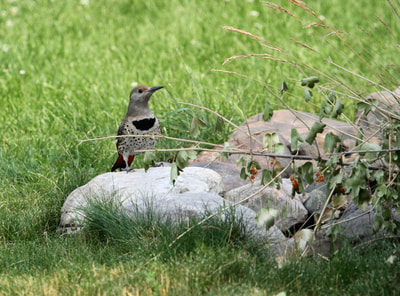
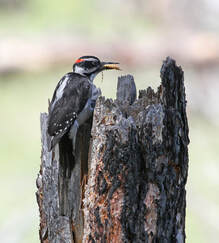
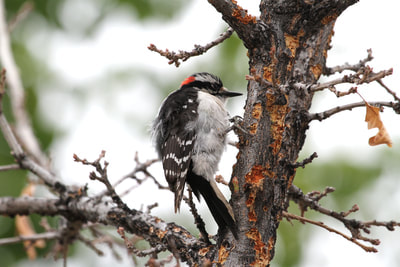
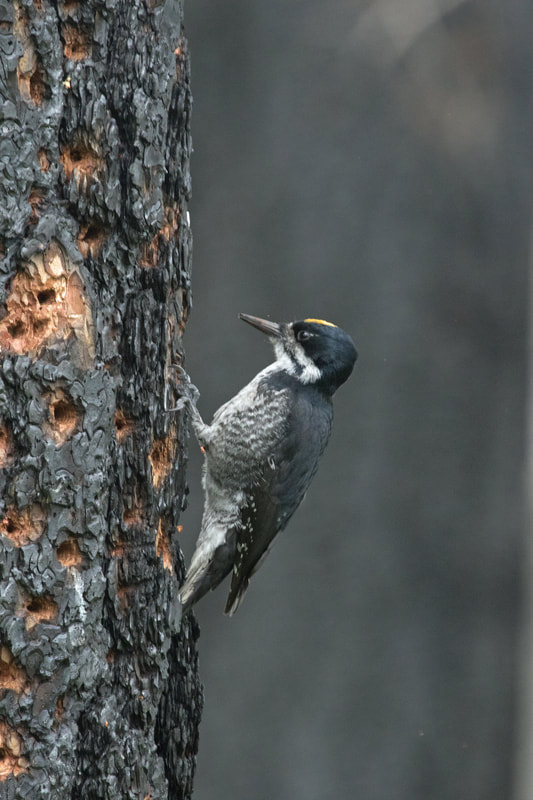
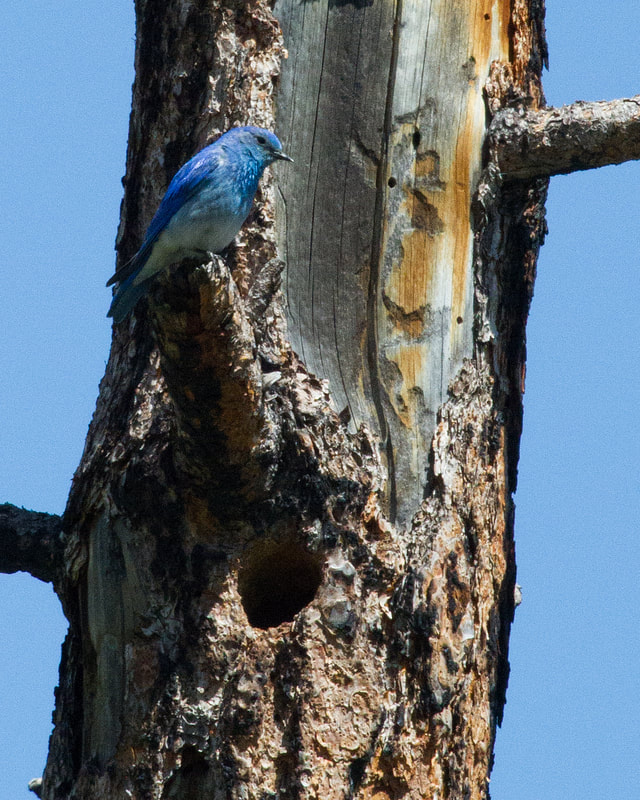
 RSS Feed
RSS Feed
